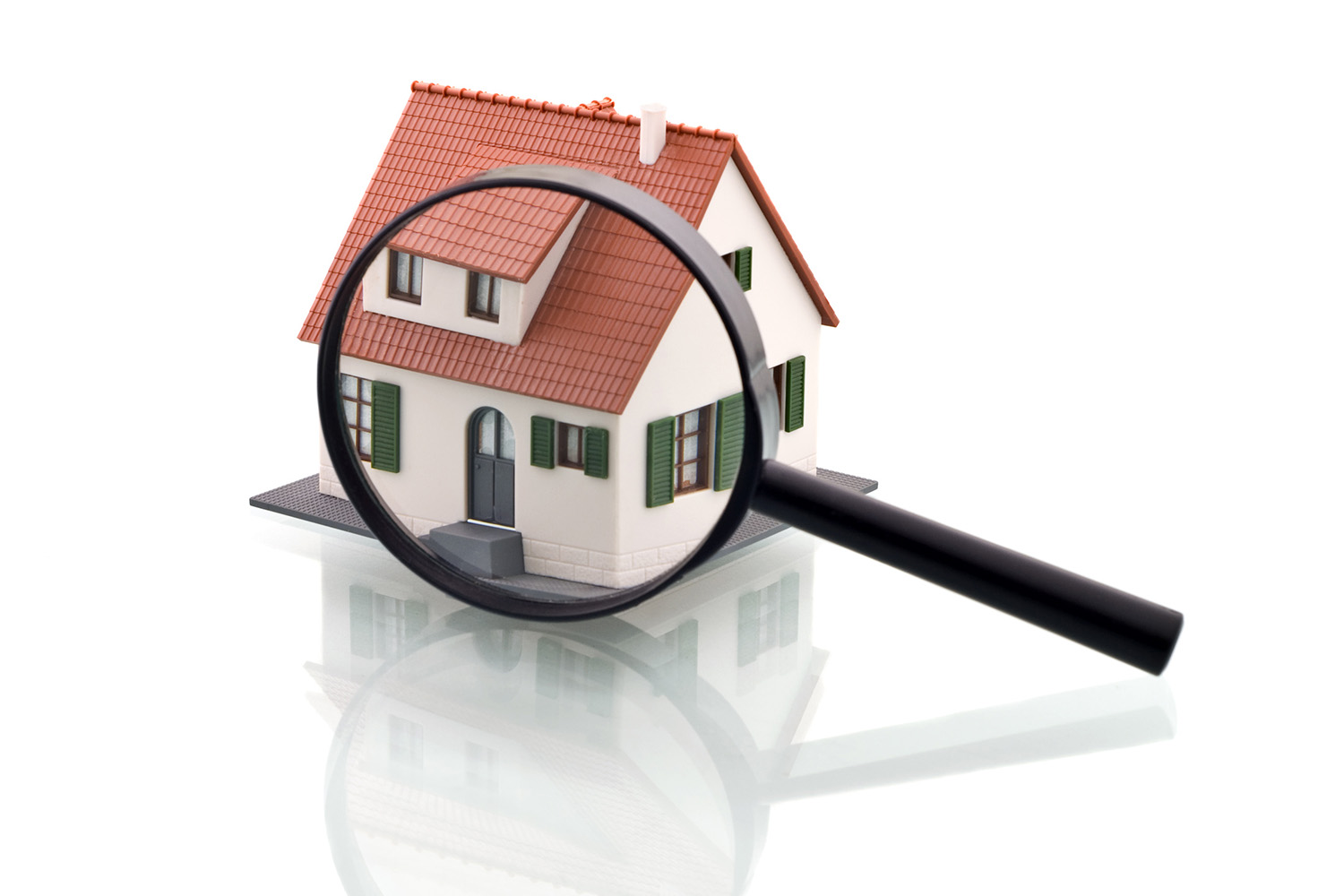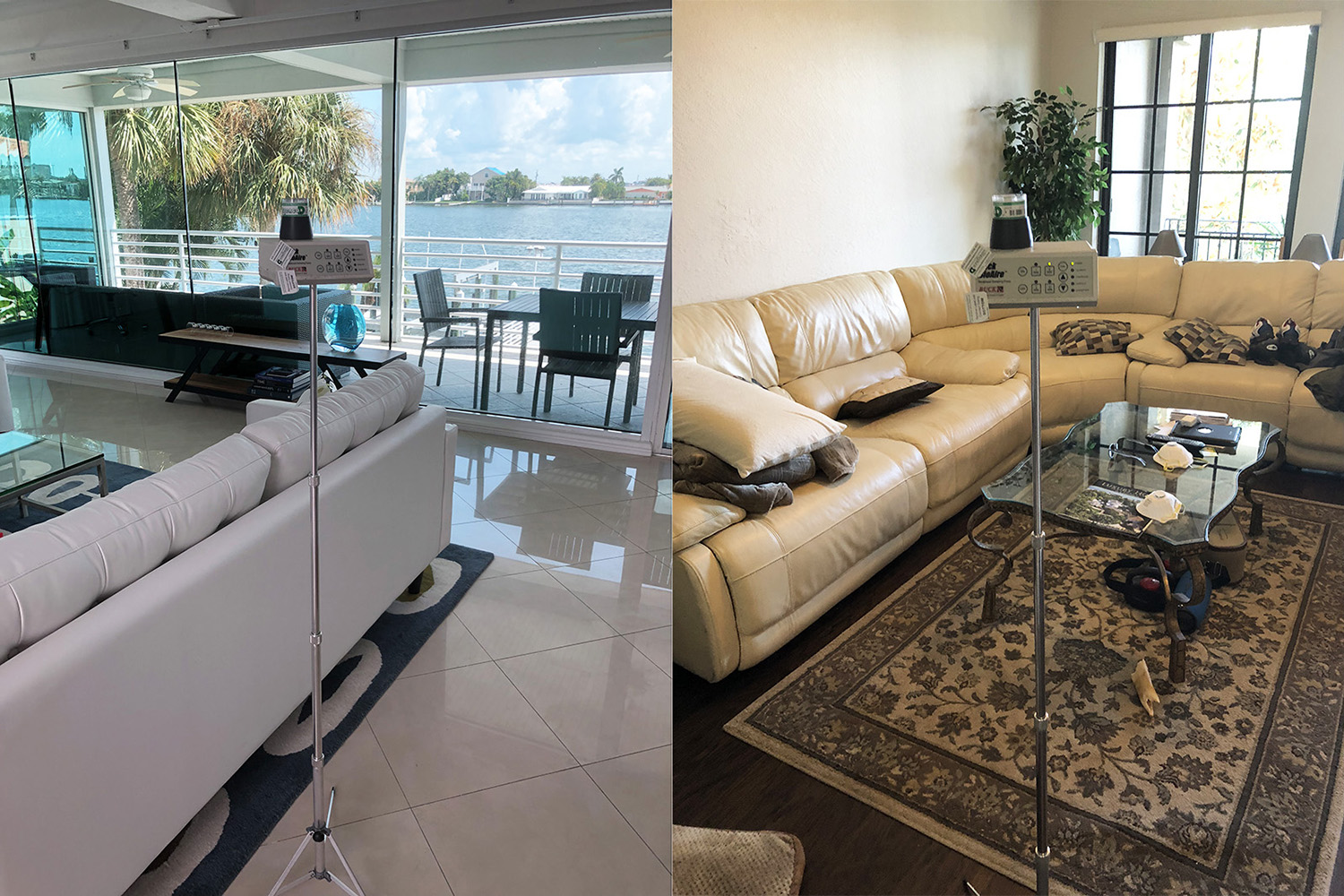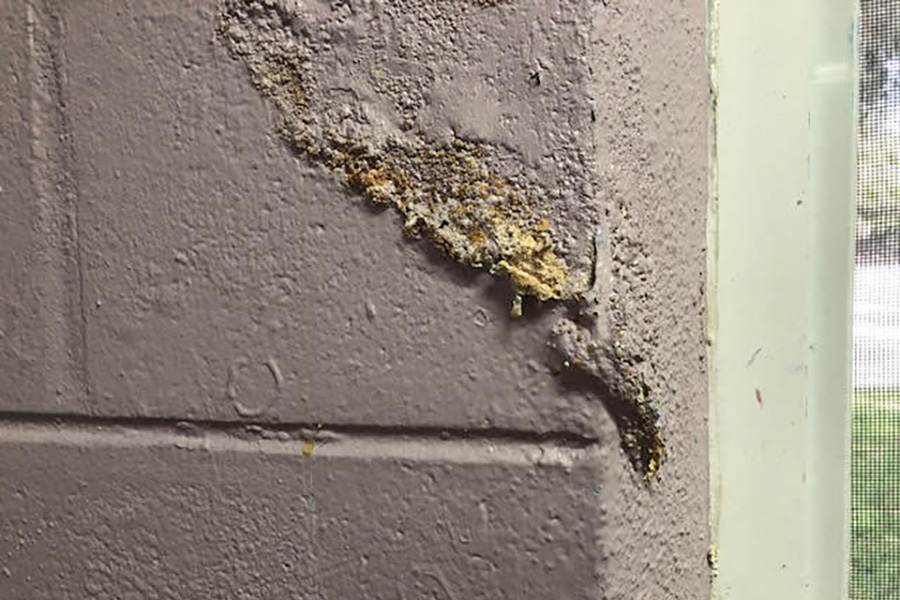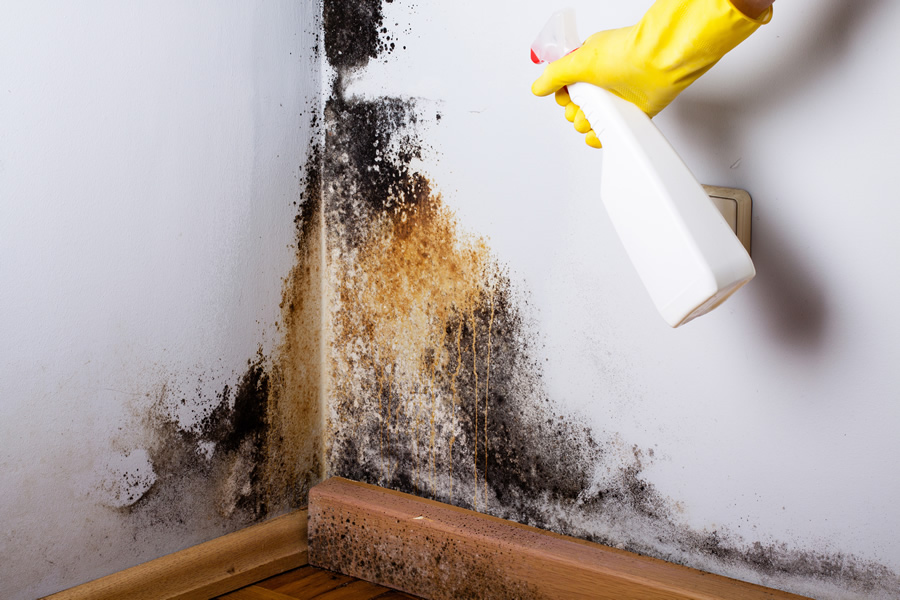Allergies, unfortunately, have become very common, but if your symptoms last throughout the year without any apparent cause, it’s time to start looking in the house.
Mold is one of the trickiest allergens: for one thing, it is difficult to spot in mild cases, and you may live in a house for years being absolutely unaware it is infested. Besides, even though mold is all around us, it is not something you notice immediately. That’s why many people have no idea they are allergic to it – and, consequently, suffer from allergy symptoms for years without knowing what causes them.
So What Exactly Is Mold?
Mold is a fungus that can grow on nearly any type of surface, but thrives indoors, in warm and damp places like basements and bathrooms. The fungus reproduces by microscopic spores that spread in the air and are the major cause of mold allergy. It also produces a variety of substances, which are toxic and act as another trigger for allergic reactions.
While even a regular type of mold can cause pretty bad allergy symptoms, there is an especially dangerous and toxic sort, known as black mold. The toxins it produces are so dangerous they can be lethal when exposure to black mold is heavy and prolonged enough.
The Symptoms of Mold Allergy
Like other allergens that spread in the air, mold spores mostly influence your respiratory system, causing symptoms like:
- sneezing
- runny nose
- asthma
- coughing
- teary eyes.
People with a weak immune system or a chronic lung condition can suffer from more intense health problems, including fever and serious lung infection.
The Effects of Black Mold
Being extremely toxic, black mold influences not only those prone to allergic reactions, but everyone exposed to it. It is especially dangerous when exposure is constant and prolonged, and even after the fungus is removed, it will take a long time for your body to recover. The harmful effects black mold has are as bad as:
- fatigue;
- nausea;
- skin inflammation;
- breathing problems;
- impaired cognitive ability;
- internal organ damage.
Where and How Do You Find Mold?
Mold can be found anywhere, especially in dark places with high humidity and bad air circulation. The most common places are basements and waterpipe systems, but the fungus can grow even on carpets, walls (especially in remote corners), and furniture. A musty odor is a sure sign of severe mold infestation, but at early stages you can only detect it visually. It usually looks like small dark spots and can appear in various colors.
Black mold, the most dangerous one, normally grows on surfaces that have a high cellulose content and are low in nitrogen – which, sadly, are most of modern construction materials. Toxic mold requires a constant supply of moisture, that’s why it is often found in well-hidden places around leaking pipes. When there is enough of moisture, it looks like dark green, gelatinous substance, but when dried out, becomes powdery.
What Can You Do About Mold?
Not always can you detect mold infestation yourself, so if the symptoms suggest they can be caused by the fungus, it’s better to call in an expert mold detection service. The same is true for identifying whether it’s a regular mold type or the highly toxic one: only laboratory analysis can give you a definite answer.
Remember you should never try to eliminate mold, especially the toxic type, yourself. When disturbed, black mold releases numerous spores into the air, which puts your health at an even bigger risk. Besides, removing the visible mold colonies may not cure your house completely, so it’s recommended to use professional mold detection and removal methods.
If you continue having respiratory allergy symptoms – or worse, experience fatigue and health problems that have no obvious explanations – it’s probably mold that causes them. Order a mold inspection by Expert Mold Test at (727) 321-9269, and we’ll screen your house and help you get rid of this dangerous fungus.





